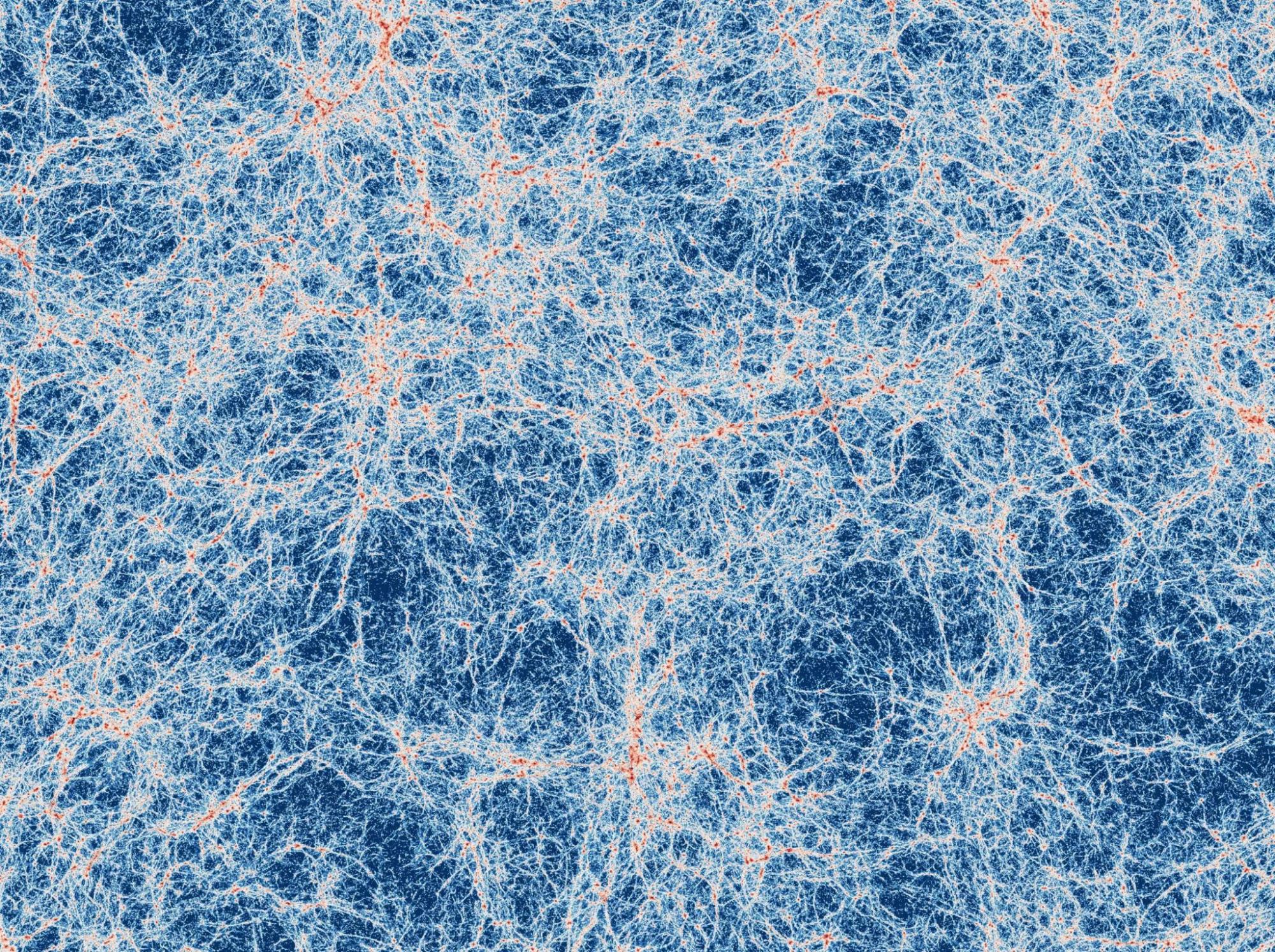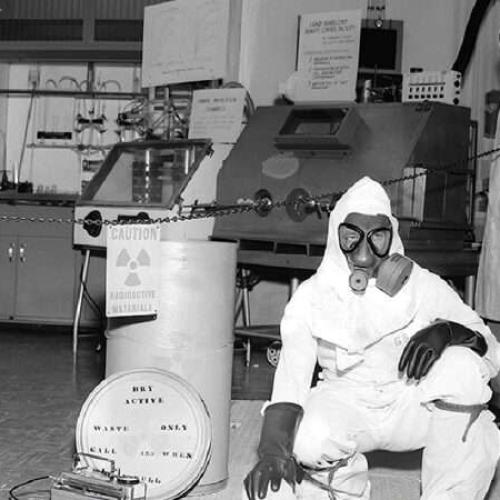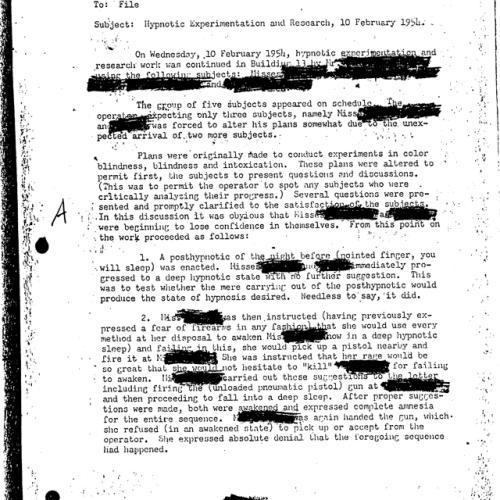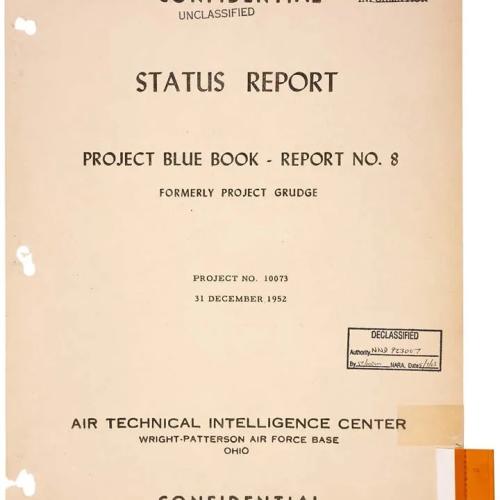Related Stories
First Direct Image of the Cosmic Web Reveals the Universe’s Hidden Highways
Key Excerpts from Article on Website of SciTech Daily

Posted: April 1st, 2025
https://scitechdaily.com/first-direct-image-of-the-cosmic-we...
Dark matter, which makes up about 85% of all matter in the Universe, plays a crucial role in shaping cosmic structures. Under gravity’s influence, it forms a vast, intricate web of filaments. At the intersections of these filaments, the brightest galaxies take shape. This cosmic web serves as the backbone of the Universe, guiding the flow of gas that fuels star formation in galaxies. Studying how this gas moves and interacts could significantly improve our understanding of how galaxies form and evolve. However, directly observing this intergalactic gas is extremely difficult. In [a] new study, an international team led by researchers at the University of Milano-Bicocca and including scientists at the Max Planck Institute for Astrophysics (MPA) obtained an unprecedented high-definition image of a cosmic filament using MUSE (Multi-Unit Spectroscopic Explorer), an innovative spectrograph installed on the Very Large Telescope at the European Southern Observatory in Chile. The study, led by Davide Tornotti, PhD student at the University of Milano-Bicocca, used this ultrasensitive data to produce the sharpest image ever obtained of a cosmic filament spanning 3 million light-years and connecting two galaxies, each hosting an active supermassive black hole. The discovery, recently published in Nature Astronomy opens new avenues to directly constrain gas properties within intergalactic filaments and to refine our understanding of galaxy formation and evolution.
Note: Explore more positive stories like this on the mysterious nature of reality.
Related Stories
Top Inspiring News Articles
Top Inspiring News Articles from Years Past

























































































